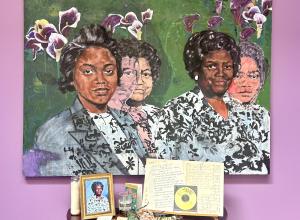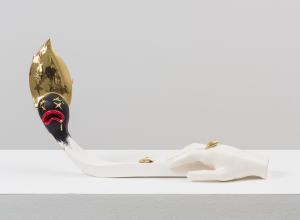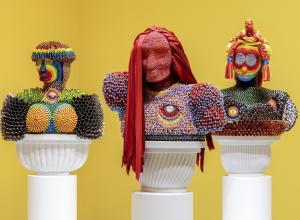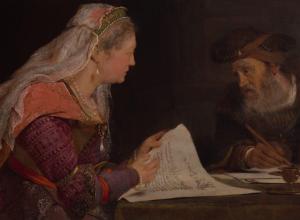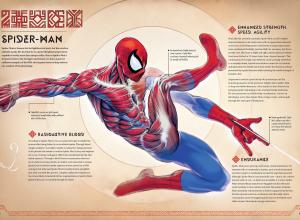To represent the cross-pollination of inspiration in her life, included in the exhibit are works by Morris Louis, Kenneth Noland, Jackson Pollack, Mark Rothko, her once-husband Robert Motherwell, and life-long friends: Anne Truitt, Anthony Caro, and David Smith. To see these works together gives fresh insight into how her friends and contemporaries supported and influenced one another.
Frankenthaler kept up an active correspondence with friends throughout her life. She wrote that David Smith’s sculptures were “drawing in space” and that their connection was of “another frequency.” Of Anne Truitt, she wrote, “I realize how much we always ‘need’ and count on each other.” There’s a romanticized myth that artists suffer alone, but no artist creates in a vacuum. With Frankenthaler, she was social, gave famous parties, and most importantly, treasured her friends. To have an exhibit that recognizes this is crucial.


![DEl Kathryn Barton [Australian b. 1972] the more than human love , 2025 Acrylic on French linen 78 3/4 x 137 3/4 inches 200 x 350 cm Framed dimensions: 79 7/8 x 139 inches 203 x 353 cm](/sites/default/files/styles/category_card_187x139/public/ab15211bartonthe-more-human-lovelg.jpg?itok=LJbNuU6F)

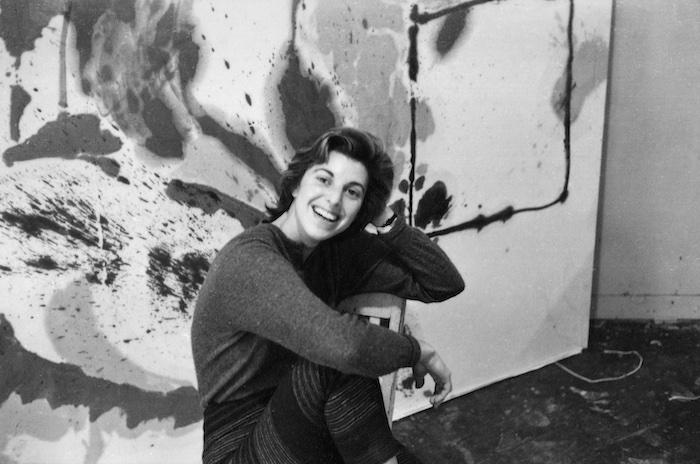
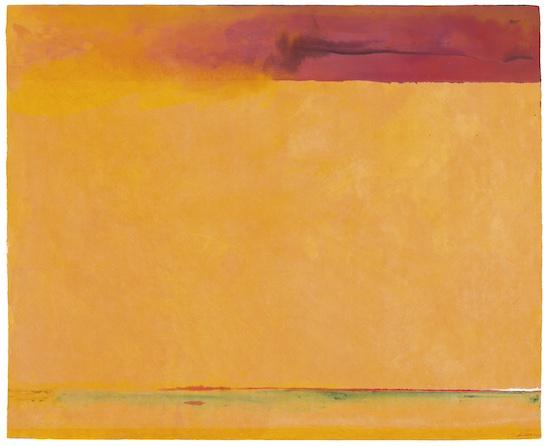
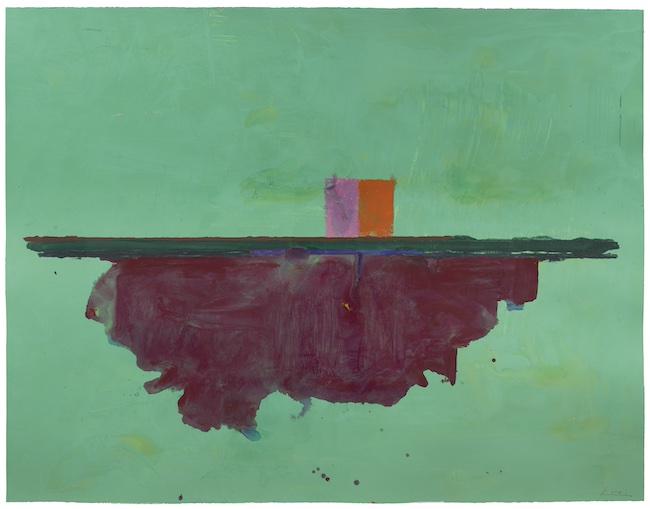
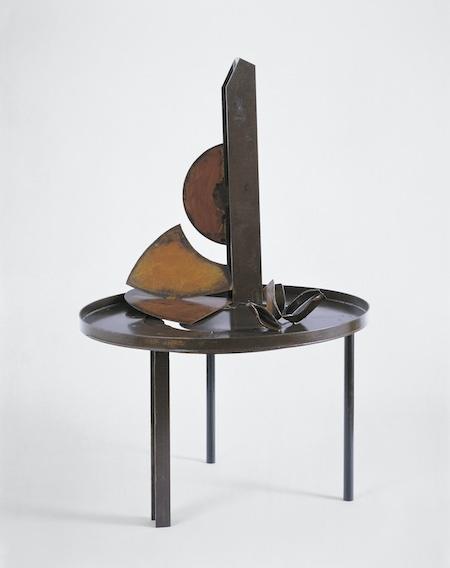
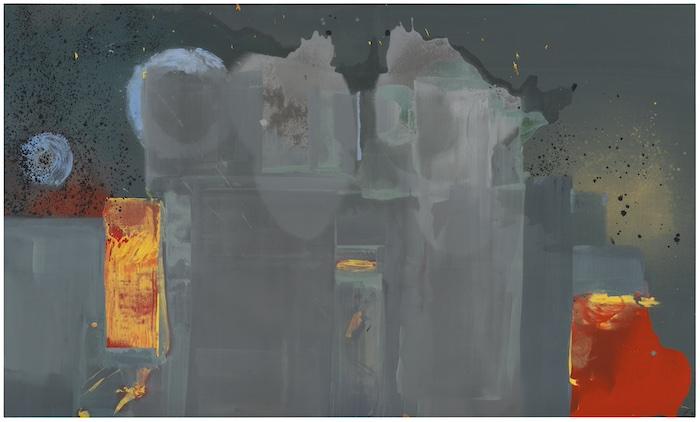

![DEl Kathryn Barton [Australian b. 1972] the more than human love , 2025 Acrylic on French linen 78 3/4 x 137 3/4 inches 200 x 350 cm Framed dimensions: 79 7/8 x 139 inches 203 x 353 cm](/sites/default/files/styles/image_5_column/public/ab15211bartonthe-more-human-lovelg.jpg?itok=wW_Qrve3)

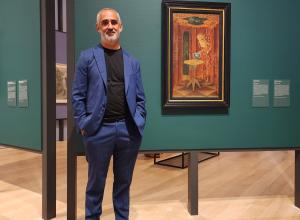


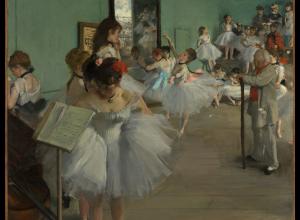
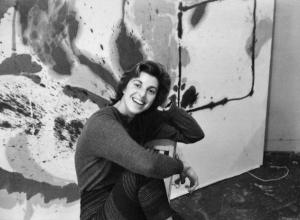
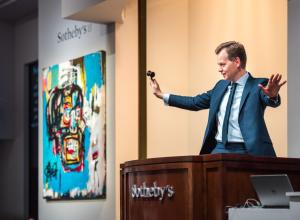
![DEl Kathryn Barton [Australian b. 1972] the more than human love , 2025 Acrylic on French linen 78 3/4 x 137 3/4 inches 200 x 350 cm Framed dimensions: 79 7/8 x 139 inches 203 x 353 cm](https://www.artandobject.com/sites/default/files/styles/image_5_column/public/ab15211bartonthe-more-human-lovelg.jpg?itok=wW_Qrve3)

